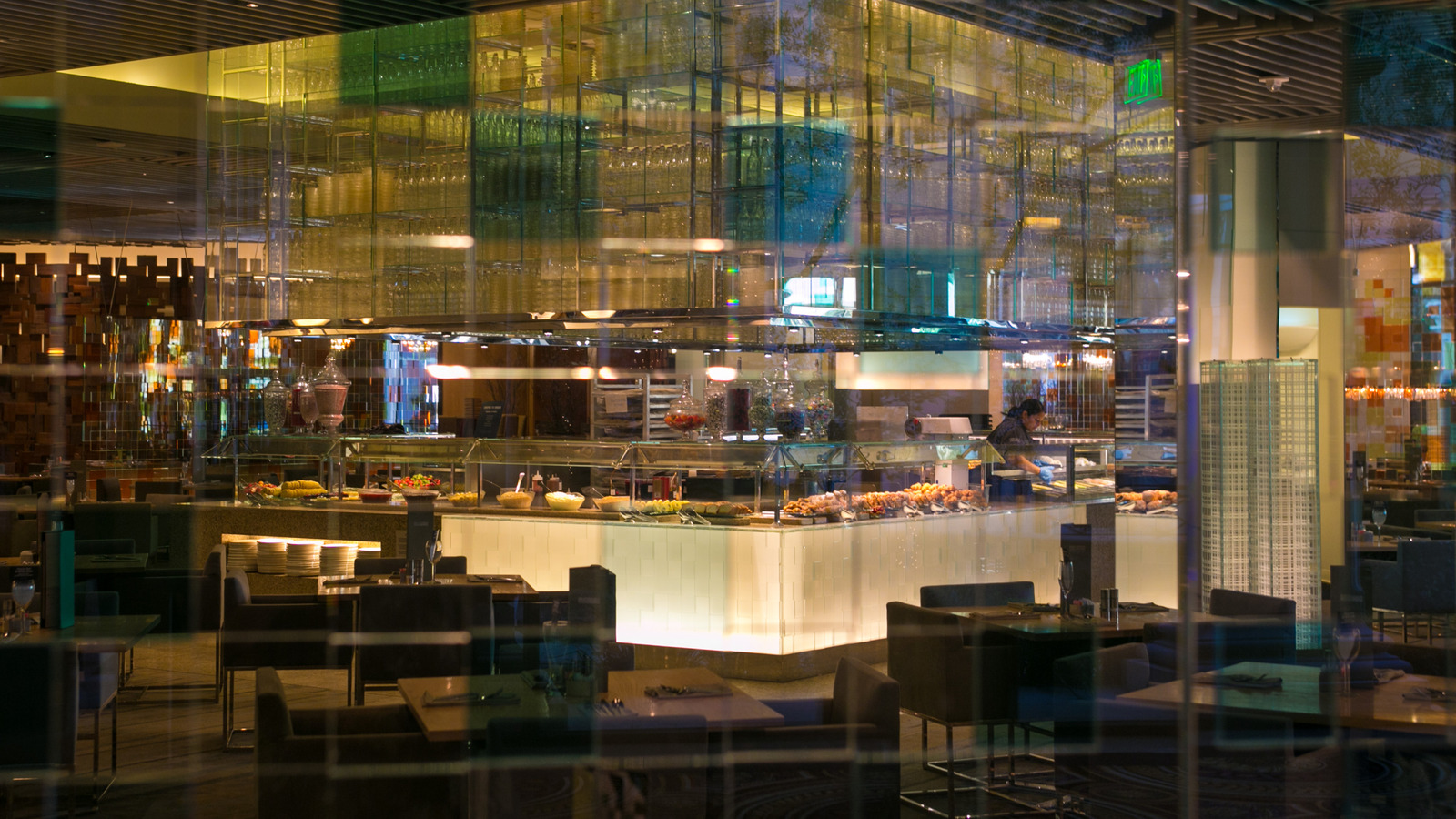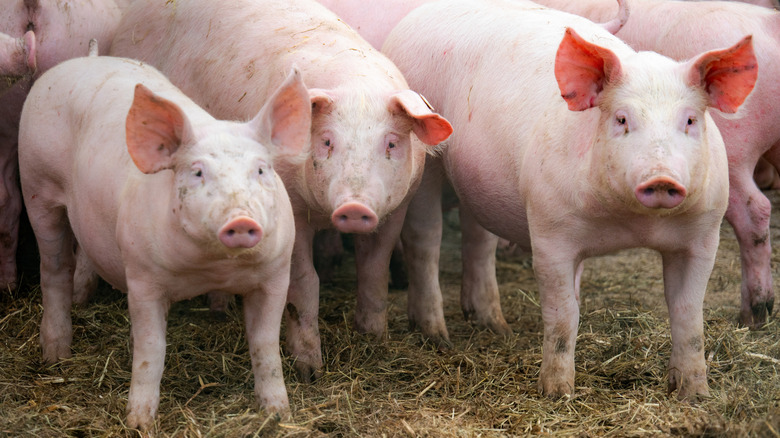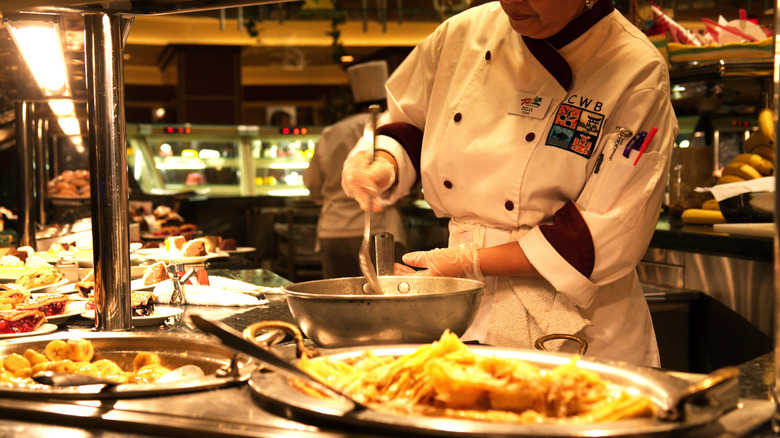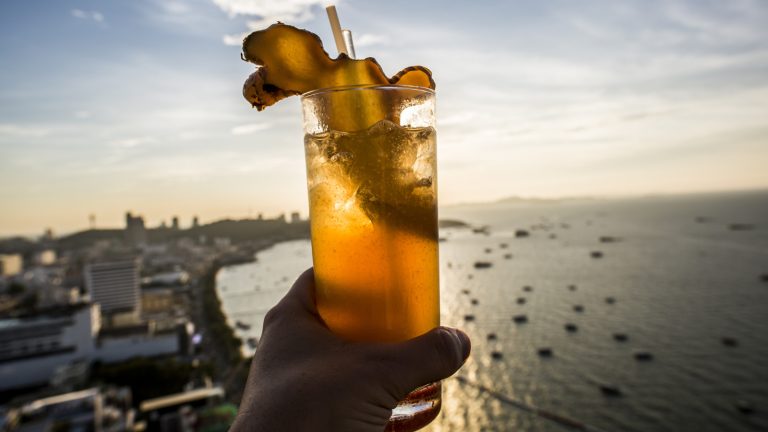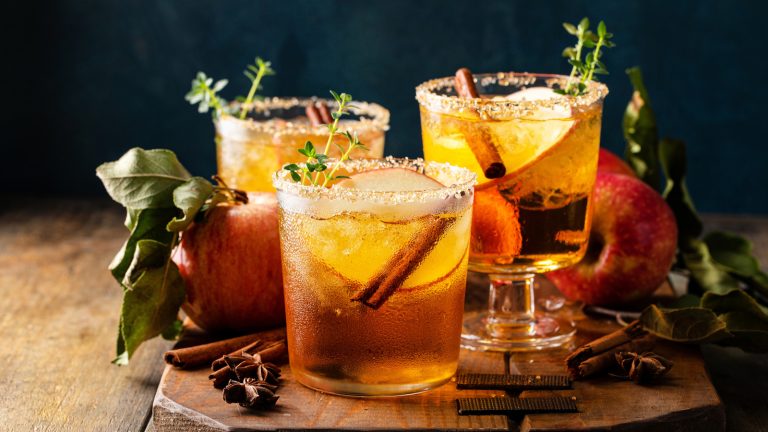Deep in the Nevada desert, a shining city rises above the horizon. Visitors gather to roll their dice, play their hands, take in shows, and bask in a neon glow that promises their luck will turn. But the extravagant lure of Las Vegas isn’t just in its games, wagers, and spectacles — the city’s food is also legendary. More than 4,000 restaurants serve millions of plates to over 40 million visitors annually, and Vegas buffets in particular are central to the dining scene. Although the number of buffets in the valley has decreased since the COVID-19 pandemic, many of the fewer than 15 remaining are larger than life: The 25,000-square-foot Bacchanal Buffet at Caesars Palace has 10 kitchens and 250 items on its menu, The Buffet at Wynn boasts just under 24,000 square feet of space and 16 stations, and the Wicked Spoon serves its substantial buffet tapas-style. That’s a whole lot of all-you-can-eat luxury and comfort foods — and a whole lot of leftovers.
It’s estimated that Las Vegas produces more than 5 billion pounds of waste each year, much of which is food waste, and the city is a significant contributor to Nevada being one of the most food-wasteful states in the United States. Most of the food waste makes its way to landfills, but some resort buffets have landed on a more creative solution for their dining discards: pigs.
Food waste goes hog wild
Less than an hour northeast of the Strip is a farm called Las Vegas Livestock. It’s been in operation since 1963, when it was known as R.C. Farms, and the farm has had a relationship with local casinos since nearly day one. Before establishing themselves in Vegas, the Combs family owned a pig farm in Southern California’s Chula Vista and used food waste from a nearby army base to feed their hogs. When the Combs patriarch, Robert, took a birthday trip to the Strip (so the story goes) and saw how many scraps were being thrown out, he decided to move the livestock operation down to Vegas. These days, the farm works with companies such as Caesars Entertainment, which owns Caesars Palace, Paris Las Vegas, and others, and MGM Resorts, the name behind casinos such as the Bellagio and The Cosmopolitan of Las Vegas.
Like humans, pigs are monogastric omnivores. This means they have a single-chambered stomach and can eat plants, grains, and animal matter, so their diets can be more varied than other livestock that might have to stick to grasses and grains. That’s what makes Las Vegas Livestock’s sustainable feeding solution a viable option. The farm’s trucks stop by buffets each evening to pick up the unused scraps and the unsalvageable leftovers that the pigs can eat, then the food is boiled to turn it into five-star slop.
Solutions outside the swine
Las Vegas Livestock needs lots of food to feed its thousands of pigs, but even the literal tons of scraps it hauls away doesn’t make up for 15 buffets’ worth of food waste, so resorts are exploring other solutions to keep their food out of the landfills. Sometimes, that just involves being smart about menus, processes, and preparation, such as reducing the amount of food served or putting unused ingredient parts from one recipe in another. Caesars Entertainment and Station Casinos, which owns properties such as Red Rock Resort, conducted studies on buffet waste and implemented changes as a result, including the size of serving containers and hours of operation.
Beyond daily adjustments, new programs are also launched in the name of sustainability. In 2016, MGM Resorts and the Southern Nevada-based Three Square Food Bank established Feeding Forward, which donates uneaten food to local hunger relief organizations. When catered events on MGM properties don’t finish their buffet offerings, the leftovers are flash frozen and preserved for donation; the program also donates unprepared ingredients from the resorts’ kitchens and products from warehouses and minibars that never got used. In the past, MGM has also sent its oyster shells to rebuild beds in the Chesapeake Bay. Facing a substantial sustainability problem, some companies are trying to maintain the iconic Las Vegas buffet and chip away at the mountains of food waste — one pig at a time.


